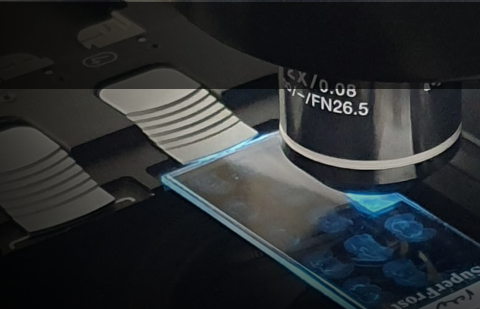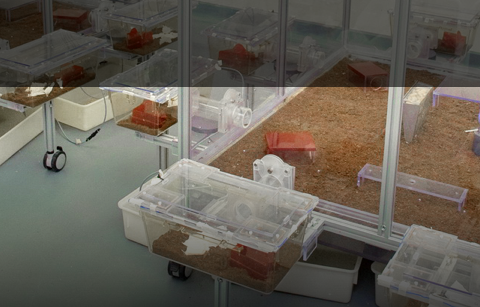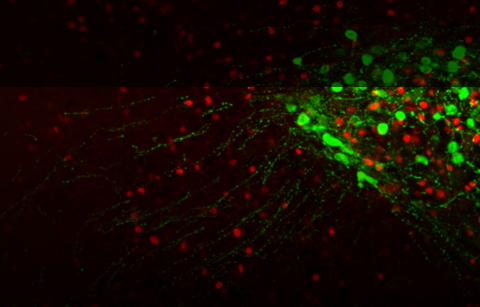Aging-related social decline
Although aging is the biggest risk factor for frailty and death, we lack basic understanding of the stochastic timer that drives aging in each individual- Why do genetically identical organisms raised in the same conditions get sick and die at different times? Answering this question could allow us to treat age-related diseases and extend the healthy lifespan. We combine research of the molecular mechanisms of cell senescence with the social aspects of aging, and characterize the influence of social ranking on senescence, in order to suggest strategies to reverse age-related diseases and functional decline. This project is conducted in collaboration with Prof. Uri Alon and Prof. Valery Krizhanovsky, from the department of Molecular Cell Biology at the Weizmann Institute.
Autism
Autism spectrum disorder (ASD) is a developmental syndrome characterized mainly by deficits in social interactions and restricted repetitive patterns of behavior. The extensive research in the field reveals that multiple genes are involved in ASD, but has not been able to identify the neurobiological mechanism underlying ASD or the environmental factors contributing to the disorder. We use our semi-natural automated system, to identify distinguished patterns of behavior in BTBR mice and to demonstrate a dysfunction of social behavior and social communication at a group level (Weissbrod et al 2013). In parallel, we are testing neurobiological interventions to decrease autism-related behaviors in the common BTBR mouse model for ASD, including pharmacology (Karvat & Kimchi 2014), and administration of mesenchymal stem cells (Segal-Gavish et al 2016).
Anti-social behavior in the blind mole-rat
The blind mole rat (BMR; Spalax ehrenbergi) is a subterranean rodent that presents an extremely solitary, territorial and aggressive lifestyle. BMRs spend most of their lives in solitary, avoiding all contact with conspecifics, in contrast to mice, social animals commonly used in behavioral studies. Employing the blind mole rat as a novel and unique model animal for behavioral research can significantly improve our understanding of the molecular and neural mechanisms underlying nonsocial solitary behaviors (Kashash et al 2022). Unraveling the neural basis of the BMR's behavior in comparison to the behavior of social rodents, can shed important light on human related neurological syndromes, in which similar behaviors are displayed.
- Kashash, Y., Smarsh, G., Zilkha, N., Yovel, Y., & Kimchi, T. (2022). Alone, in the dark: The extraordinary neuroethology of the solitary blind mole rat. Elife, 11, e78295.
- Karvat, G., Kimchi, T. Acetylcholine Elevation Relieves Cognitive Rigidity and Social Deficiency in a Mouse Model of Autism. Neuropsychopharmacol 39, 831–840 (2014). https://doi.org/10.1038/npp.2013.274
- Segal‐Gavish, Hadar, et al. "Mesenchymal stem cell transplantation promotes neurogenesis and ameliorates autism related behaviors in BTBR mice." Autism Research 9.1 (2016): 17-32.
- Weissbrod, A., Shapiro, A., Vasserman, G. et al. Automated long-term tracking and social behavioural phenotyping of animal colonies within a semi-natural environment. Nat Commun 4, 2018 (2013). https://doi.org/10.1038/ncomms3018










